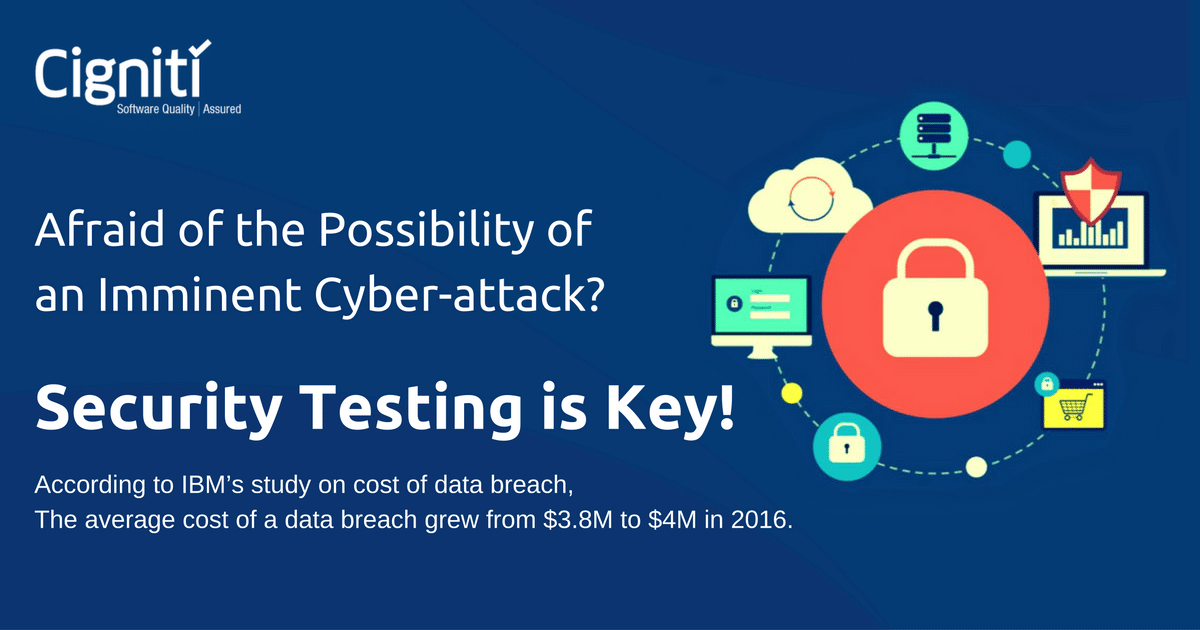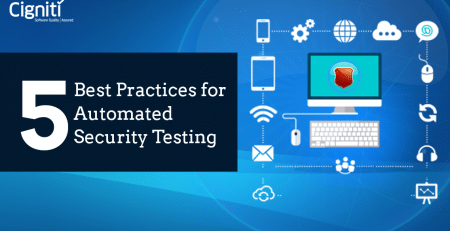Zero Trust Security in Healthcare: Managing Cyber Risks
No sector seems to be immune as cyberattacks continue to increase. Healthcare and retail verticals have been hackers’ focus areas during the pandemic.
While hospitals have been burdened with the onslaught of patients and research labs racing to develop vaccines for COVID-19, they have become soft targets for cyberattacks. They were even willing to pay vast ransoms to ensure business continuity as the stakes were high.
According to Forrester, “Healthcare provider organizations (HPOs) can no longer rely on legacy security controls to prevent threat actors from stealing or ransoming patient data. A healthcare ecosystem of remote caregiving and thinly-defended medical IoT devices requires a cyber risk management strategy based on the Zero Trust security model.”
As applications and workloads are aggressively moving to the cloud with users accessing them remotely, the network is no longer a secured enterprise network but has become an unsecured internet.
The visibility solutions and network perimeter security businesses employ to keep attackers out of the scene are no longer robust or practical enough.
According to Mark Nicholson, a principal and a cyber risk services leader at Deloitte, “Not a specific architecture, zero trust is an approach to security that has evolved in response to the changing nature of networks. Twenty years ago, we hardened the exterior of the network with layers of defenses and believed we could trust everyone and every device on the inside. Now, data and assets have left the premises. It can be ambiguous where the organization’s domain ends and the public domain begins. Clearly defined access control policies based on user, device, and service profiles are central to any zero-trust strategy.”
Zero Trust Model in Healthcare Can Keep Pace with The Threat Landscape
While healthcare data is valuable and critical for patient treatment, it has been and will be a primary target for cyberattacks. Given the health sector’s challenges, such as limited resources and staffing gaps, the need for clinical zero trust will be crucial moving forward.
Ideally, a zero-trust infrastructure can remediate issues related to authentication, authorization, credential theft, and a heavy reliance on virtual private networks (VPNs). But with limited resources and staffing, how feasible would a zero trust model be in the healthcare sector?
Zero trust was designed in response to business trends where cloud-based assets and remote users are not located directly within the enterprise network.
According to the National Institute of Standards and Technology (NIST), “A zero trust architecture (ZTA) uses zero trust principles to plan enterprise infrastructure and workflows. Zero trust assumes no implicit trust is granted to assets or user accounts based solely on their physical or network location (i.e., local area networks versus the internet).”
Authentication and authorization (both user and device) are discrete functions performed before a session for an enterprise resource is established. Zero trust focuses on protecting resources, not network segments, as the network location is no longer seen as the prime component in the security posture of the help.
While the zero-trust model in healthcare can keep pace with the threat landscape, taking a zero-trust approach to security is vital.
Taking a Zero Trust Approach to Security
In the event of a breach, apart from patient data, healthcare organizations also stand to lose sensitive and private data such as medical device or serial numbers, social security numbers, medical history, images with unique identifying characteristics, biometric data, and X-rays & diagnostic images.
Assuming all communication within the network is authorized and safe, most healthcare organizations have traditional cyber security assurance systems that rely on protecting the perimeter using firewalls. Threat actors take advantage of this assumption by using sophisticated attack vectors like malware, phishing, ransomware, and zero-day attacks to enter the network.
Digital transformation, cloud computing, and remote work have reduced traditional security barriers. The technologies that enable Zero Trust are becoming more common.
Based on the premise that no connection is trusted unless explicitly allowed, implementing a zero-trust security architecture could be the most reliable action to defend against internal and external threats.
Zero Trust is a robust management and guiding principle that assists organizations in preventing data breaches and safeguarding their assets by presuming that no one can be trusted.
Zero trust security can be implemented using micro-segmentation defined by software. This will enable organizations to have complete visibility of all network traffic across hybrid cloud and other environments. Healthcare organizations can drive intent-based security policies to the host level by segmenting individual workloads, applications, and users.
This approach will allow specific access to every application or person connected to the network based on the organization’s security policies. Any attempt to access unauthorized data by hackers will be flagged and prevented.
Taking a zero-trust approach to security is imperative, and knowing how to implement zero-trust is critical.
How to implement zero trust security in healthcare
There are various ways to the model, but there are a few factors that practically everyone must address to design an effective Zero Trust architecture:
Consider the technologies you’ll need to add to your present stack, such as a
- Next-Generation Firewall (NGFW) protects your network, decrypts traffic, and helps with micro-segmentation.
- New Zero Trust cloud services can provide distant workers access to internal private apps without the hassles, bottlenecks, or threats associated with VPNs.
- Data Loss Prevention (DLP) solutions allow you to manage how your data is utilized and regulate access.
- Continuous Monitoring to ensure that your systems and data are always secure. You must closely monitor what people and entities are doing with them.
- Understand Access Requirements – Determine who in your business requires access to what. Remember to give someone the privileges that they need and nothing more.
- Consider Your Culture – a company’s culture will govern the success of any security architecture, both at the macro and granular security levels. A supporting and educated workforce is critical in the case of Zero Trust because dangers emerge from both the outside and the inside.
Implementing an efficient zero-trust architecture is vital, and there are many benefits to zero trust in healthcare.
Benefits of Zero trust security in healthcare
According to Chace Cunningham, vice president, and senior analyst at Forrester, “In healthcare, the zero trust process should center around device health and identity and access management”.
As a result, if a hacker exploits access to the network using stolen information, the attack will not be able to spread throughout the network.
The benefits of clinical zero trust go beyond security. It helps you build strength and resilience throughout your organization.
The main advantage of a zero-trust approach is that it protects you from all sides, especially from within. Traditional security testing methods, such as defense-in-depth, have traditionally focused on network perimeter protection.
Many of today’s breaches originate from within, whether by workers or threats that have infiltrated the network via email, browsers, VPN connections, and other means.
For someone who already has network access, data exfiltration can be straightforward. To address this, Zero Trust restricts access to anybody and everything until the network can verify your identity.
Then, it keeps track of how you’re utilizing data and, if necessary, revokes your authorization to transfer it elsewhere.
Some of the core benefits of zero trust are as follows.
- Gain Greater Visibility Across the Enterprise
- Simplify IT Management
- Optimize for Existing Security Staff
- Improve Data Protection
- Secure Your Remote Workforce
- Streamline User Access
- Continuous Compliance
To defend networks and devices against a growing threat landscape, healthcare providers are increasingly adopting a “never trust, always verify” strategy, commonly known as the “zero trust” security model.
Conclusion:
Sensitive patient data will be at risk unless the healthcare industry is willing to take preventive steps to address the inherent vulnerabilities of traditional network security systems.
Cigniti offers software testing solutions for diverse life science and healthcare players, such as hospitals, pharmaceutical companies, diagnostic centers, clinical labs, third-party administrators (TPA), medical device manufacturers, healthcare ISVs, and research organizations. With a strong emphasis on regulations, compliance, and more, Cigniti provides end-to-end Advisory and transformation services, Test Automation, and Performance, Functional, and Application Security Testing solutions.
Cigniti has a Healthcare and Life Sciences Software Testing Center of Excellence (TCoE) and a specific Hospital Application Test Approach that helps our clients gain immense business value in Healthcare and Life Sciences software testing, automation, mobile applications testing, Connected Health IoT, and Regulatory Testing.
Need help? Talk to our healthcare testing experts to build your organization’s security strategy.





Leave a Reply